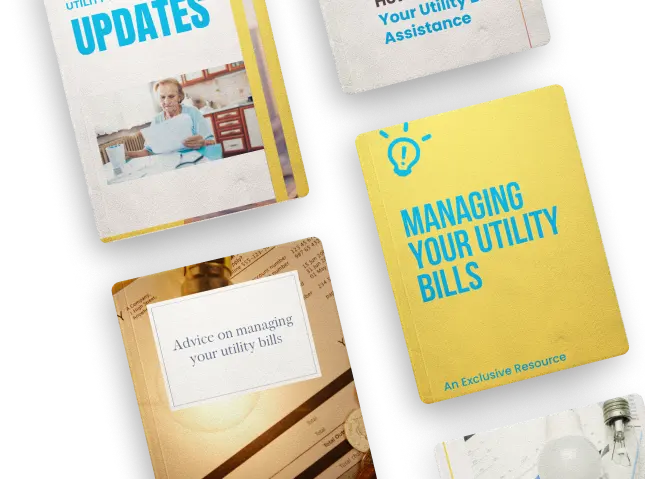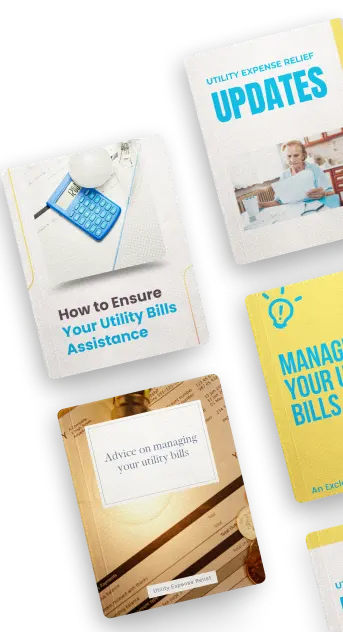Why Your Utility Bills Have Been So High and Tips to Lower Them

Here’s a look at why your utility bills might be higher and some practical tips to lower them.
Reasons for High Utility Bills
- Increased Energy Consumption: With more people working from home, energy consumption has risen. Increased use of electronic devices, heating, and cooling systems contributes to higher electricity and gas bills.
- Rising Energy Prices: Global energy prices have been on the rise due to factors such as supply chain disruptions and geopolitical tensions. These increases are passed on to consumers, leading to higher utility bills.
- Seasonal Variations: Extreme weather conditions, like a particularly hot summer or cold winter, can lead to increased use of heating and cooling systems, driving up energy consumption and costs.
- Aging Infrastructure: Older homes with outdated electrical systems and poor insulation can be less energy-efficient, resulting in higher energy usage and bills.
- Utility Company Rate Increases: Many utility companies have raised their rates to cover the costs of infrastructure upgrades, regulatory compliance, and other operational expenses.
Tips to Lower Your Utility Bills
- Upgrade to Energy-Efficient Appliances: Invest in Energy Star-rated appliances that use less energy. These appliances can significantly reduce electricity consumption.
- Improve Home Insulation: Proper insulation in your walls, attic, and floors can keep your home warmer in the winter and cooler in the summer, reducing the need for heating and cooling.
- Install a Programmable Thermostat: A programmable thermostat can help manage your heating and cooling systems more efficiently by adjusting the temperature when you’re not home.
- Seal Leaks: Check for and seal any leaks around windows, doors, and ductwork to prevent energy loss.
- Use LED Lighting: LED bulbs use less energy and last longer than traditional incandescent bulbs, providing cost savings over time.
- Perform Regular Maintenance: Ensure your HVAC system is running efficiently by performing regular maintenance, such as changing filters and having annual check-ups.
- Take Advantage of Natural Light: Use natural light during the day to reduce the need for artificial lighting.
- Government Rebates and Programs: Many states offer rebates and incentives for energy-efficient home upgrades. Check with your state’s energy office or utility company for available programs.
As of 2023, the average monthly electricity bill in the U.S. is about $122.
Heating and cooling account for nearly 50% of the average household’s energy consumption.
Households can save up to 30% on energy bills by implementing energy-efficient measures.
To help reduce energy costs, the federal government and many states offer programs such as the Weatherization Assistance Program (WAP), which provides low-income households with free weatherization services to improve energy efficiency.
Homeowners can also receive federal tax credits for installing energy-efficient systems and appliances through the Energy Star Tax Credits program.
Additionally, the Low Income Home Energy Assistance Program (LIHEAP) assists low-income households with energy bills, particularly during peak heating and cooling seasons.
Conclusion
Understanding the factors behind rising utility bills and taking proactive steps to reduce energy consumption can lead to significant savings.
By upgrading to energy-efficient appliances, improving home insulation, and taking advantage of government programs, you can mitigate the impact of high utility bills and make your home more energy-efficient.
Related reads:












